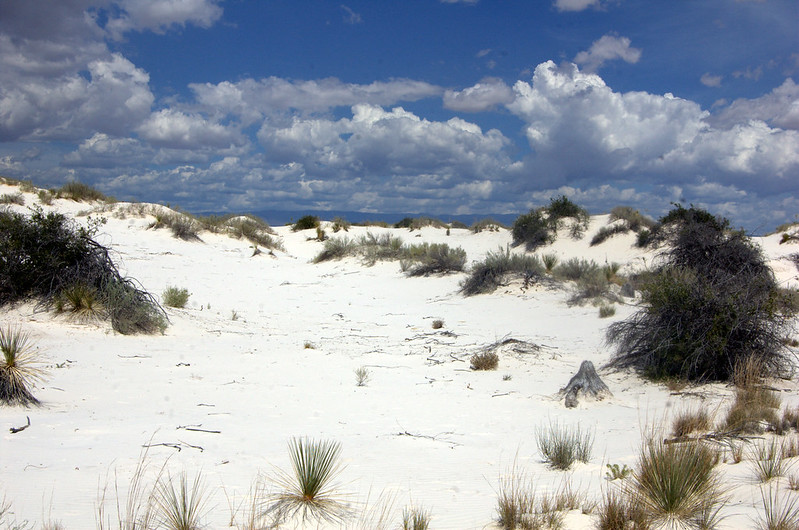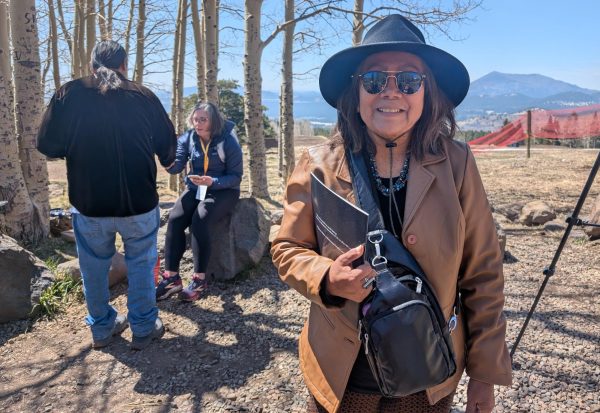Old footprints lead to new theories about humans’ arrival in the Americas
A massive discovery in New Mexico was announced earlier this year
A portion of White Sands National Park in New Mexico.
One of 2021’s highlights was the confirmation of a stunning archaeological find suggesting that humans were in the Americas much earlier than previously believed.
In 2019, an excavation team unearthed over 60 sets of human footprints that have been radiocarbon dated to over 20,000 years ago. The find, made at White Sands National Monument in southern New Mexico, was reported in September.
The footprints, discovered near an ancient lake, were mostly the size of children and teenagers with a few adults mixed in. This suggests a recreational area of sorts had been found.
The prevailing theory has been that humans crossed the Bering Strait land bridge (Beringia) from Asia to the Americas some 13,000 years ago, after a retreating ice age opened up that route. This discovery rates as a potential game-changer as the radiocarbon dating of the footprints is some 10,000 years earlier, dating between 21,000 and 23,000 years old.
Seeds, a good radiocarbon indicator, have been found both slightly below and slightly above the footprints, bolstering the new claims. Tracks of giant ground sloths, mammoths and birds of the time period were also found at the site.
In addition, a couple other recently unearthed sites dated at least 5,000 years before the Beringia timeline have been found, including at the large Gault archaeological site in Texas, fueling the theory that humans have inhabited the Americas a lot longer than has been thought.
Prior to these fresh discoveries, the Clovis people and culture were the Americas’ earliest-known inhabitants. The name “Clovis” comes from the New Mexico city where distinctive stone point tools were first uncovered in the 1930s and dated back as early as 11,000 to 12,000 B.C. Numerous Clovis sites were found all over North America in subsequent years.











